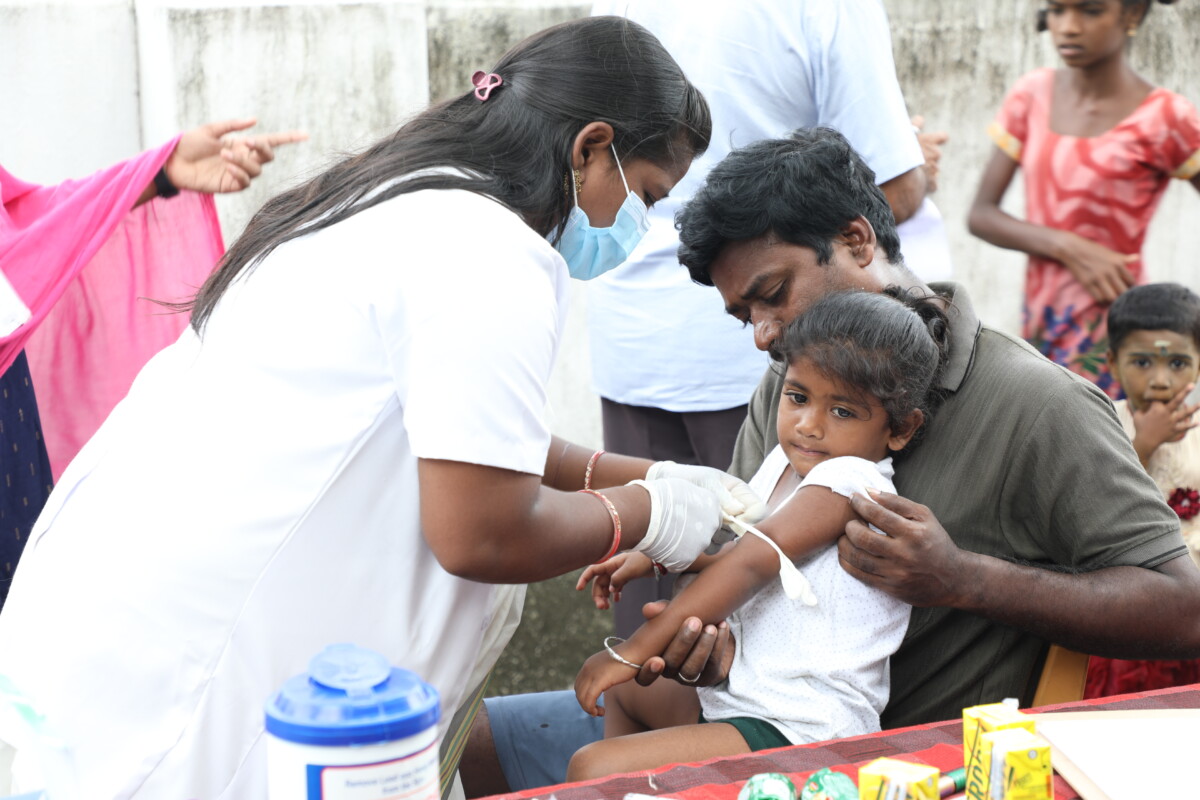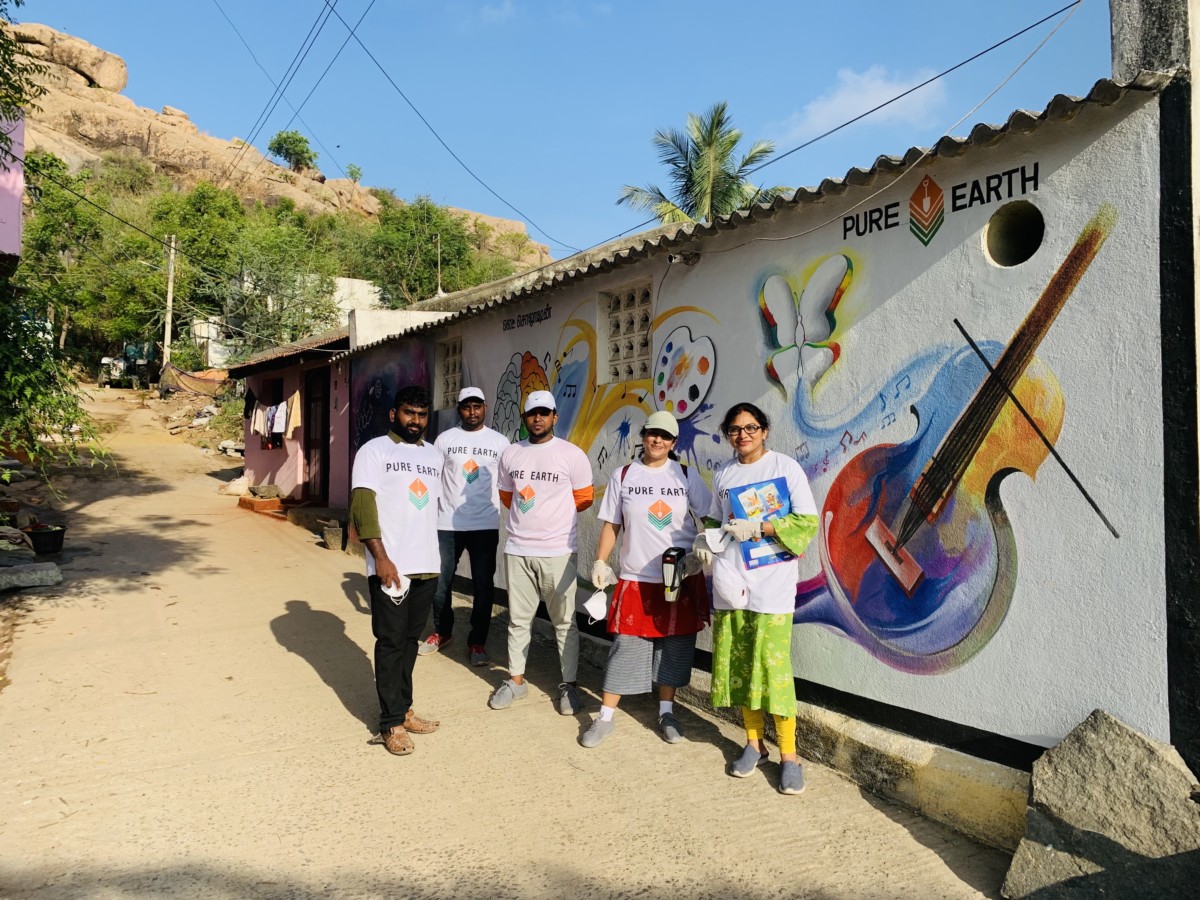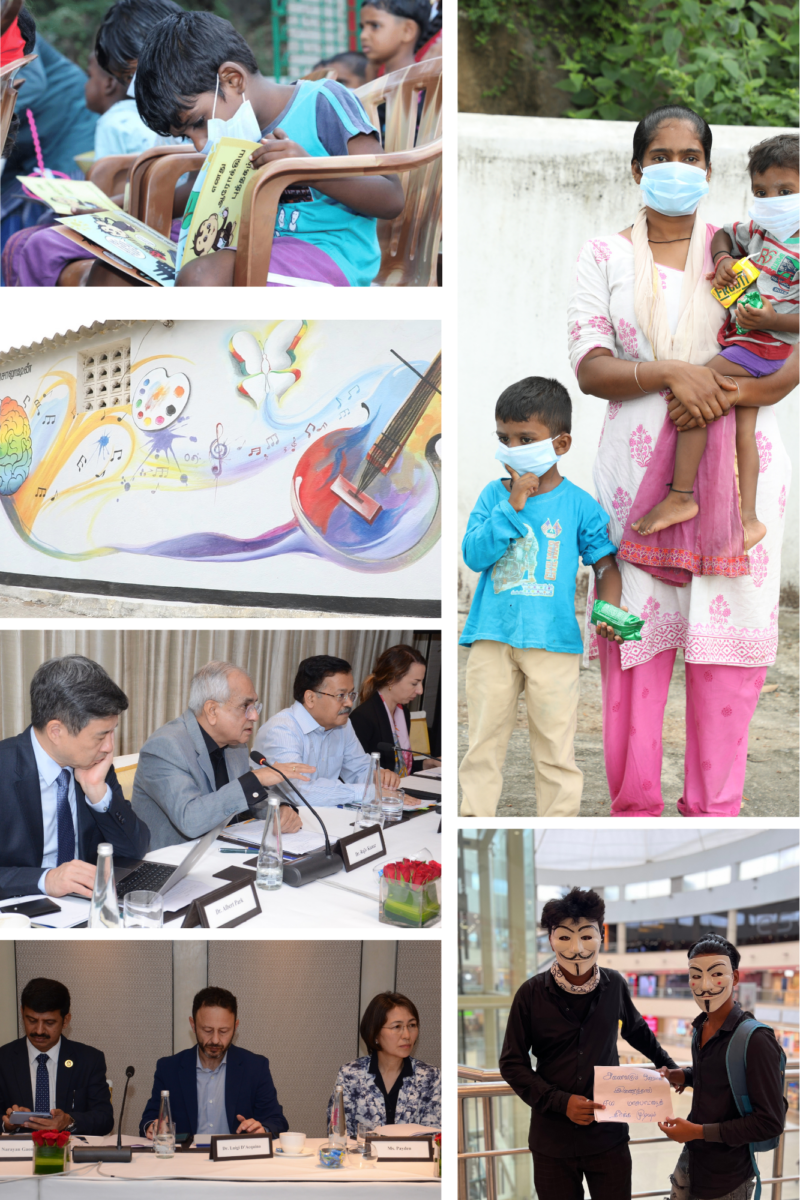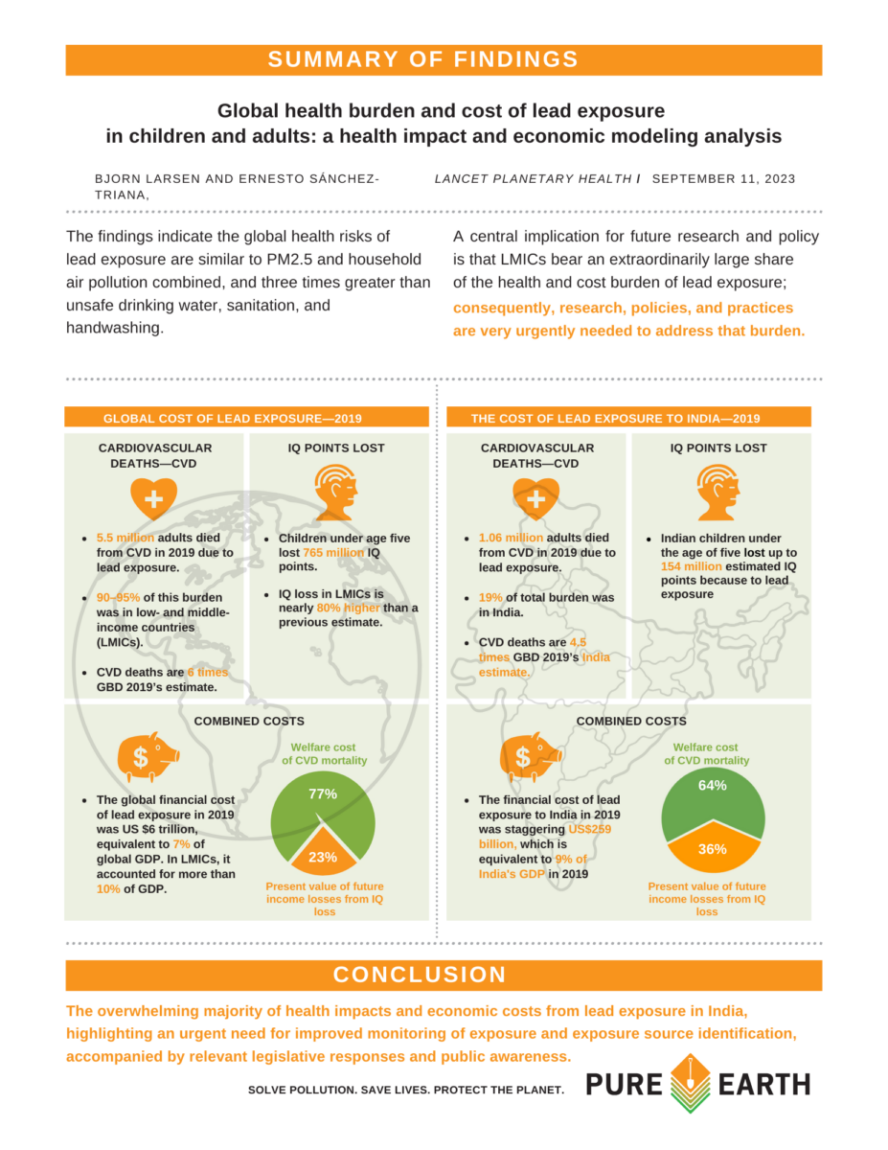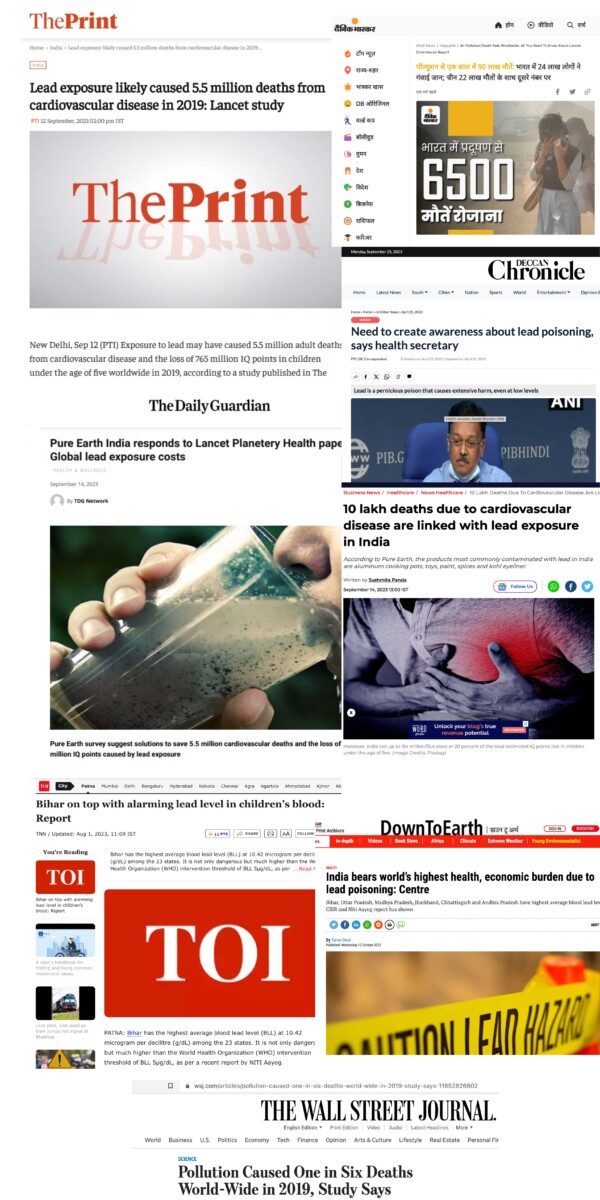Ongoing Projects:
• Maharashtra Strengthening Health Care Systems to Reduce Lead Exposure
• Identification and Establishment of Spices Supply-Chains in North India
Completed Projects:
• Lead In Cookware – Tamil Nadu, India
• Identification of Lead Poisoning Sources in Gujarat, India
• Toxic Sites Identification Program
• Bicchadi – Groundwater Contamination
• Toxic Site Assessment, BLL and Source Study in Tamil Nadu (120 households)
• Jodhpur, Pali and Balotra – Rajasthan – Industrial Waste Management
• Vellore: Lead Poisoning Assessment in Tamil Nadu
• Aruputo Chromium Contamination Assessment
• Chinhat Lindane Manufacturing Industries
• Daurala Groundwater Contamination
• Hema Chemicals Chromium Waste
• Kanpur Groundwater Pollution
• Orissa Abandoned hazardous waste dumpsite
• Panki Katra Fly Ash Contamination
• Roro Hills Legacy Asbestos Mines
• Childhood Lead Exposure and Source Identification Study‚ Patna




